Gathering together the work of 31 contemporary painters, ‘Mixing It Up: Painting Today’ is presented as a survey of current approaches to the medium. The subtitle suggests there has been some kind of shift in painting since yesterday, but at first glance around the Hayward Gallery it’s hard to pick out any obvious signs of change. True, the work on show is predominantly figurative, but the revival of that formerly unfashionable mode – celebrated in the Whitechapel Gallery’s group show last year – is no longer news.
The change, then, appears to be one of attitude: the recognition that these days the field of painting is a free-for-all. Walking through the show, you become aware that traditional categories of style, subject and genre have collapsed. Whatever this diverse collection of artists may be, it is not a ‘movement’.
In fact, the whole exhibition is defined less by what it is than by what it is not. Ralph Rugoff, director of the Hayward Gallery and curator of this exhibition, presents it partly as a protest against conceptual painting, with what he calls its ‘one-liner images’, which he regards as a ‘cul-de-sac’. His selected artists have ditched irony and surrendered to the expressive possibilities of paint, producing images he calls ‘resonantly ambiguous’. An eclectic mix of references – to personal recollection, political history, artistic precedent, viral internet memes and emojis –may reflect ‘the accelerating rate of our information age’, in the words of exhibiting artist Vivien Zhang, but the process of translation into paint has slowed the pace and added layers of meaning.
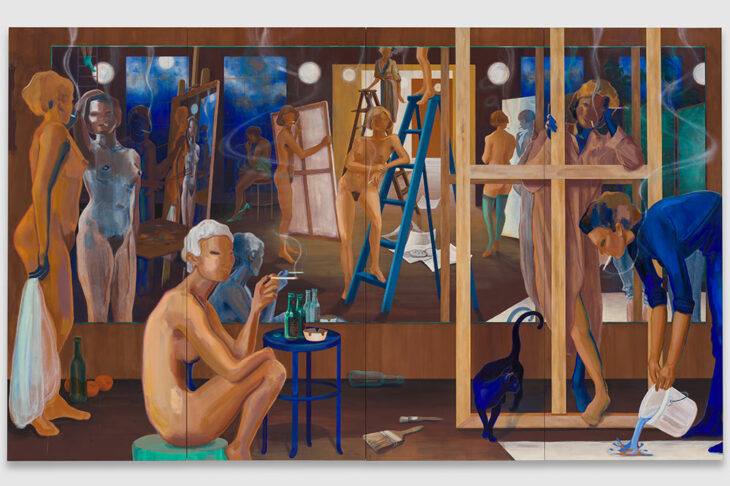
Smoke and Mirrors (2020), Lisa Brice. Photo: Mark Blower. Courtesy the artist, Stephen Friedman Gallery, London and Salon 94, New York; © Lisa Brice (2021)
More than a third of the artists, all based in Britain, were born elsewhere but although many are from ethnic minority backgrounds – and more than half are women – there’s no reductive identity-based grouping. Each artist’s work is allowed to make its own case. Lubaina Himid’s The Captain and the Mate (2017–18) commemorates an atrocity on a French slave ship, in which an outbreak of disease caused almost everyone on board to go blind, and 36 sick slaves were thrown overboard. The artist deliberately unsettles assumptions by portraying the two title characters as Black. Lisa Brice’s feminist take on harem paintings, meanwhile, is wittily subversive. Her life-size canvas Smoke and Mirrors (2020) depicting a studio full of women artists and models – all nonchalantly nude, holding or puffing on cigarettes – blows smoke in the eyes of male artist fantasists, a kind of reclamation of Les Demoiselles d’Avignon for the female gaze.
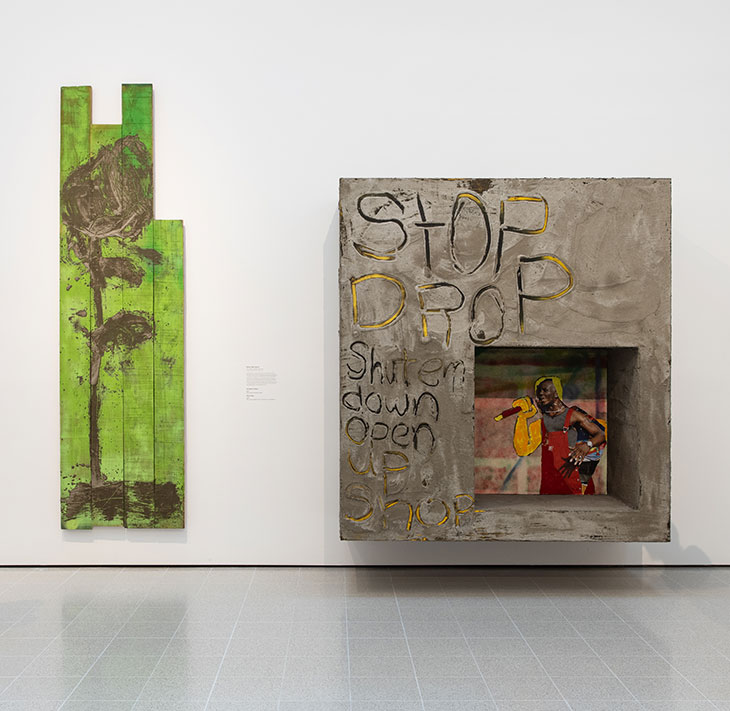
Installation view of ‘Mixing It Up: Painting Today’ at the Hayward Gallery, London, 2021. On the left is Alvaro Barrington’s A Rose for Rose (2021); on the right his Stop Drop (2021). Photo: Rob Harris. Courtesy Hayward Gallery; © Alvaro Barrington (2021)
The show is 20 per cent bigger than originally planned because Rugoff and his team kept discovering new artists they wanted to include; newcomers are shown alongside established names such as Peter Doig, Hurvin Anderson and Rose Wylie. At 87 Wylie is the oldest contributor; the youngest is Zimbabwe-born Kudzanai-Violet Hwami, still in her twenties. How to hang 130 works by such a diverse group of artists with no guiding principle other than ambiguity? The curators have sensibly kept things fluid, pulling out associations between works without defining their terms. One room touches on history, another on memory, a third is set aside for small paintings that sharpen the focus and change the pace: here, the numinous canvases of Gareth Cadwallader reward particularly close attention.

lick your teeth, they so clutch (2021), Rachel Jones. Photo: Rob Harris. Courtesy Thaddaeus Ropac; © the artist, 2021
The big guns are rolled out in an upstairs gallery where large abstract canvases by Oscar Murillo and Jadé Fadojutimi are confronted – and somewhat overwhelmed – by a monumental work by the young artist Rachel Jones. An organised riot of exuberantly layered colour, Jones’s Lick your teeth, they so clutch (2021) is drawn in vibrant oil sticks and pastel on a seven-metre roll of unstretched canvas, pinned like a tapestry to the wall. Jones, who completed her MA at the Royal College of Art just two years ago, is interested in the emotional possibilities of colour and believes in ‘feeling with your eyes’. Her work lends support to Rugoff’s contention that all painting, however abstract, refers to something. Screw up your eyes and, amid the swirls of colour, you’ll discern a smiling row of giant teeth.
‘Mixing It Up: Painting Today’ is at the Hayward Gallery, London, until 12 December.
Unlimited access from just $16 every 3 months
Subscribe to get unlimited and exclusive access to the top art stories, interviews and exhibition reviews.

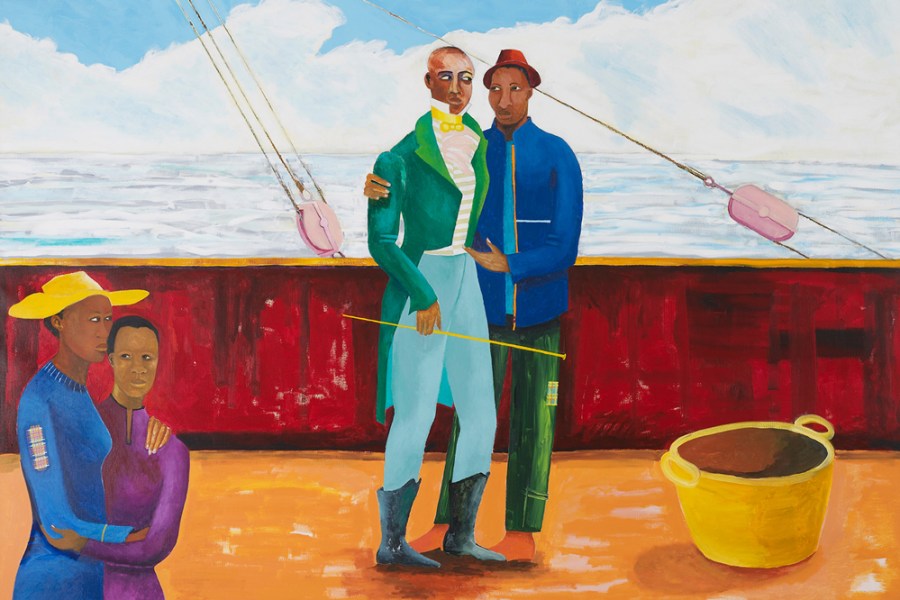
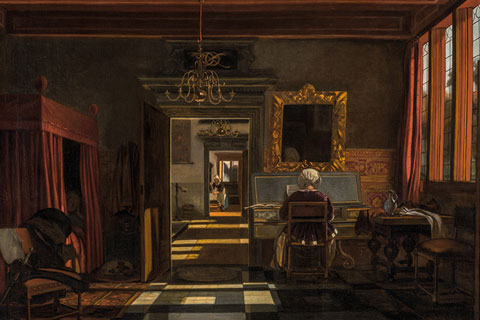
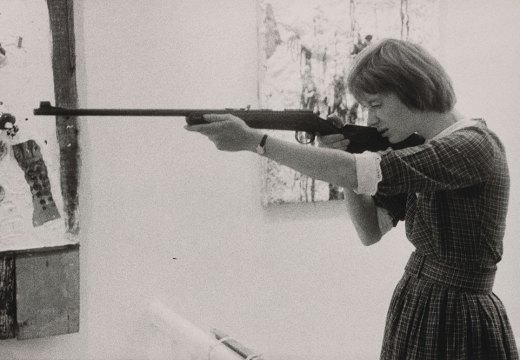
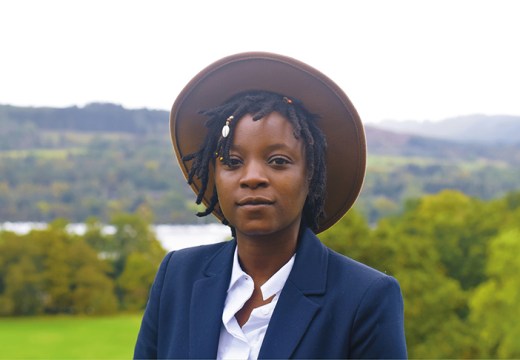

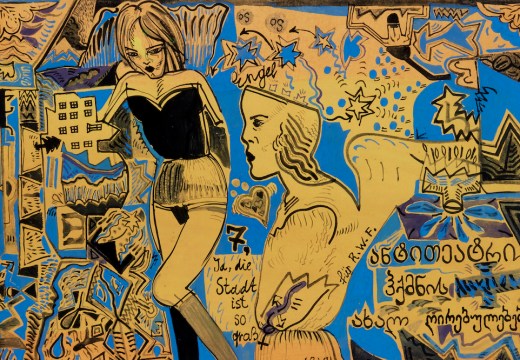
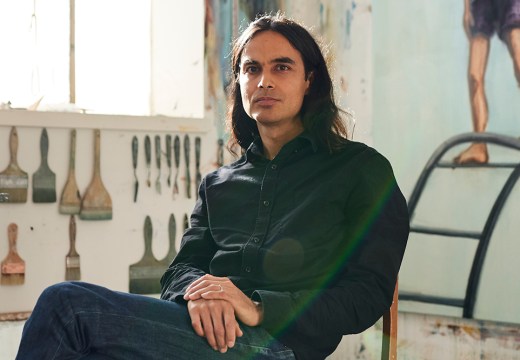
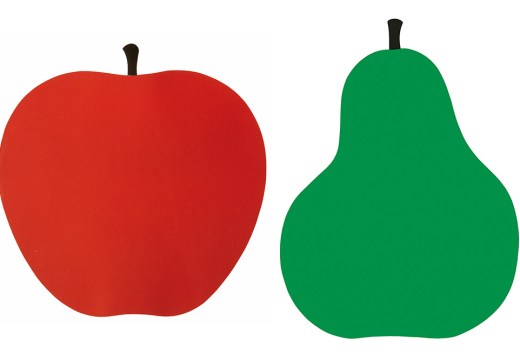
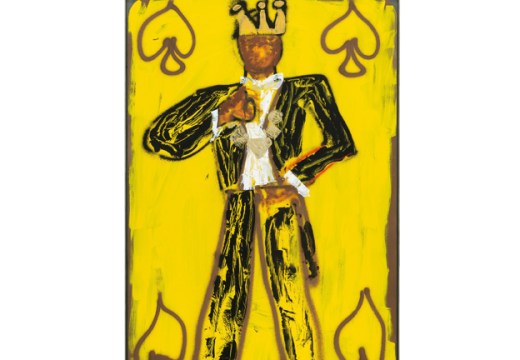




![Masterpiece [Re]discovery 2022. Photo: Ben Fisher Photography, courtesy of Masterpiece London](http://www.apollo-magazine.com/wp-content/uploads/2022/07/MPL2022_4263.jpg)
Has the Fitzwilliam still got the hang of things?